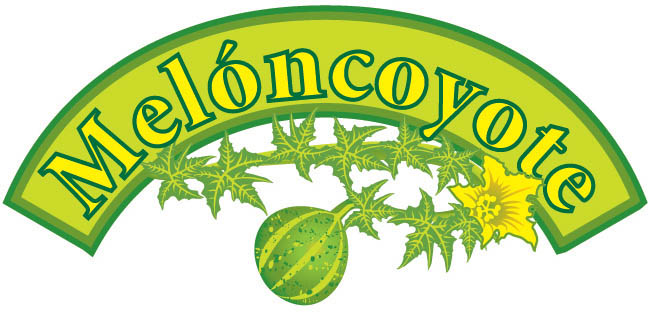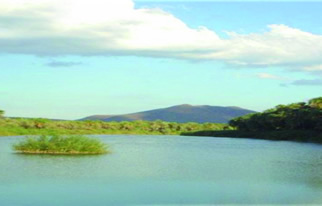
Destination: San Ignacio
Javier Villavicencio
The road continues to the place known by the Cochimí Indians as Kadacaamán, “arroyo of the carrizo”, that was discovered on November 19th, 1716 by the Jesuit priest Francisco María Píccolo. A small central plaza adorned with leafy Indian Laurel trees is located across from the church of the Mission of San Ignacio de Loyola which was built from blocks of volcanic rock up to 1.2 meters (47 inches) thick. Construction was begun under the Jesuit missionary Fernando Consag and was finished under Dominican missionary Juan Crisóstomo Gómez in 1786.
San Ignacio is an excellent choice for ecotourism. The beauty of both the town and its surroundings guarantee a pleasurable visit. In winter, the town’s aquifer gives rise to a river that runs for about 15 to 19 miles, while in summer

A subterranean river gushes to the surface and where it is dammed, becomes a quiet lagoon, ringed by reeds and carrizo and shaded by immense date palm orchards.
During the last week of July, the festival for the patron saint of San Ignacio is celebrated. Throughout the week, the central plaza is filled with lights, music and merriment and there are horse races, cock fights, dances, a fair, and fireworks.
San Ignacio is also the point of departure for trips to the cave paintings of the Sierra de San Francisco, a UNESCO World Heritage Site. To visit the cave paintings, visitors first must contact the INAH office which adjoins the Mission, to learn about rules and regulations for visitors and to obtain the necessary permits. San Ignacio also boasts a number of other attractions in the nearby area, including Laguna San Ignacio, a national Gray Whale refuge. A number of other nearby locations offering sport fishing, surfing or diving. A professionally guided tour is highly recommended, regardless of the visitor’s interests.
San Ignacio hosts several hotels, RV parks and campgrounds, bus carriers, cave painting and whale watching tour providers as well as a wide range of other services.
Whatever the date, the time is always right to visit a paradise.
Javier Villavicencio is a student of Business Administration.